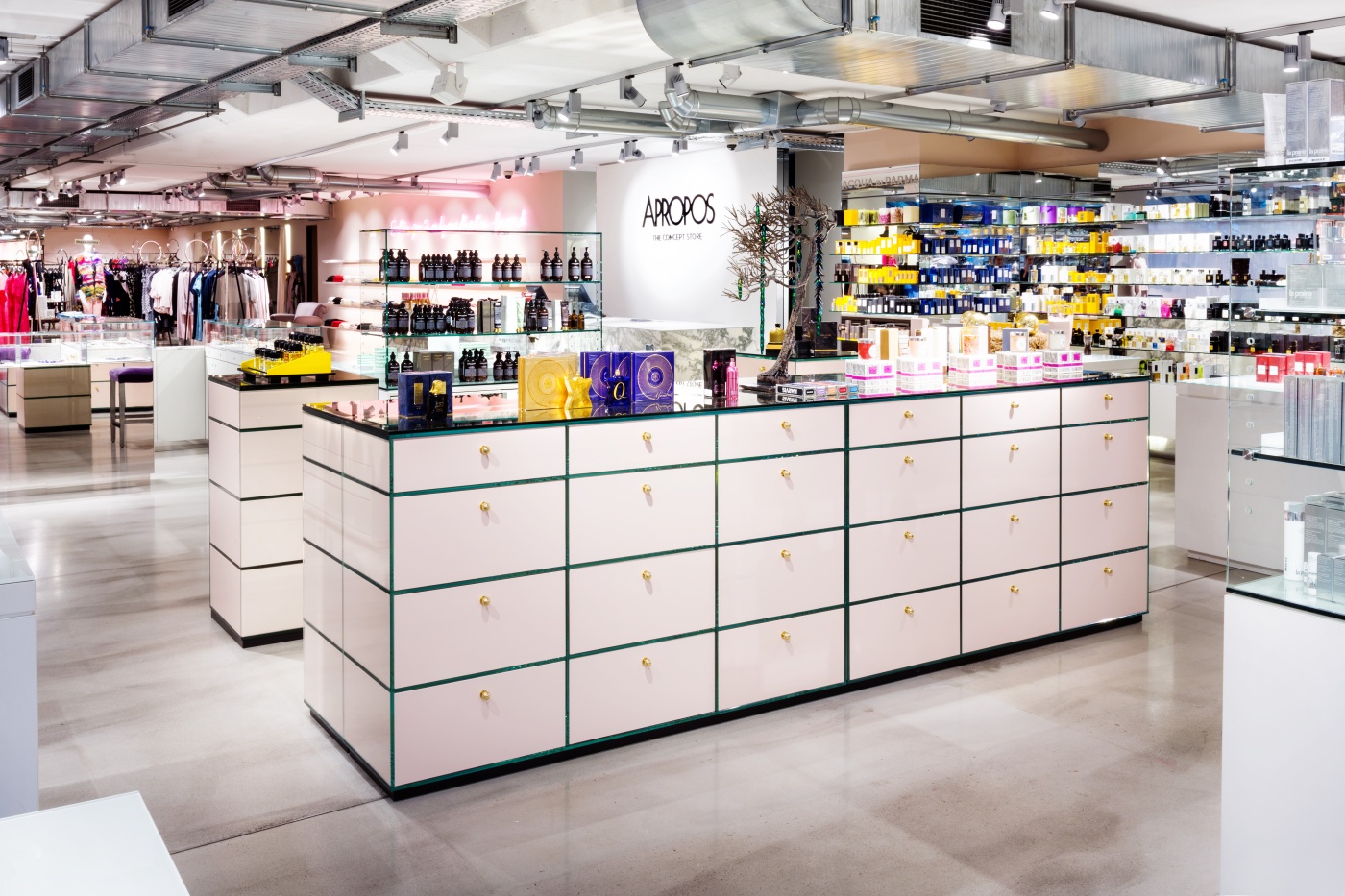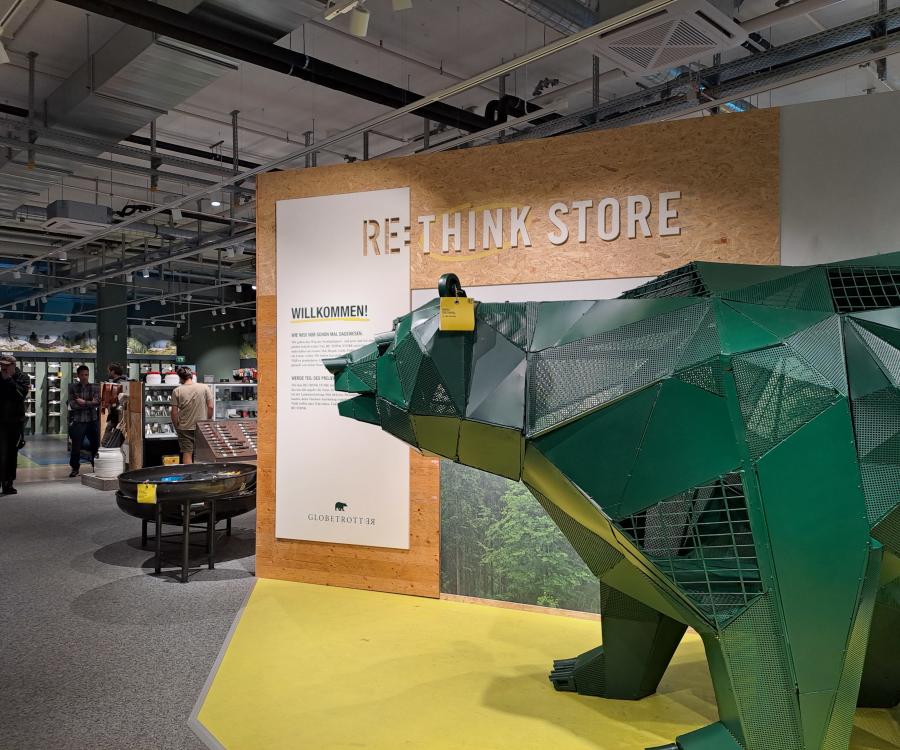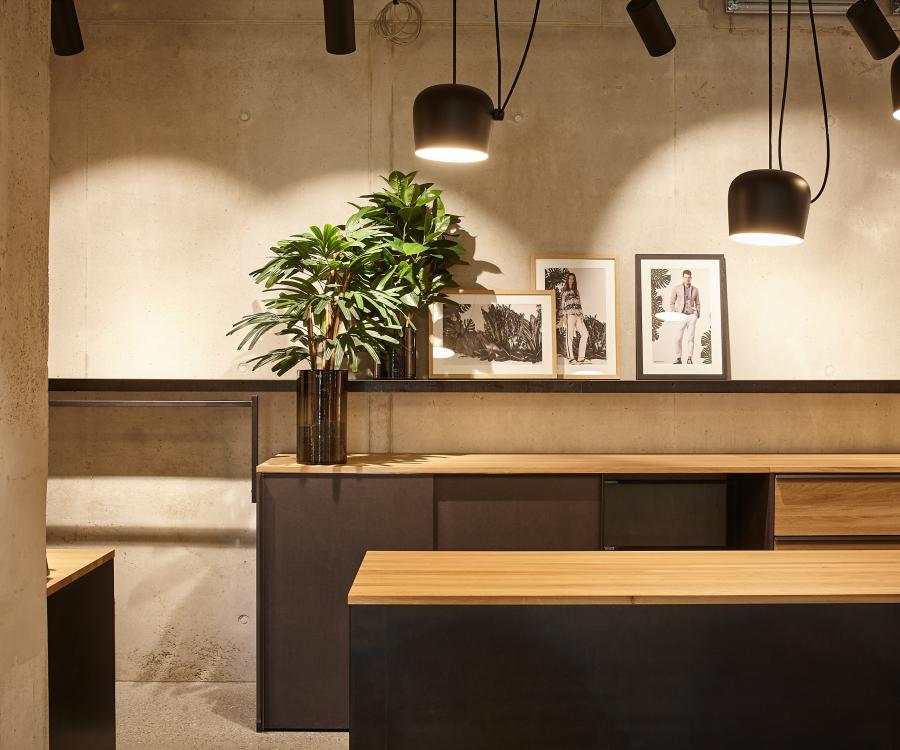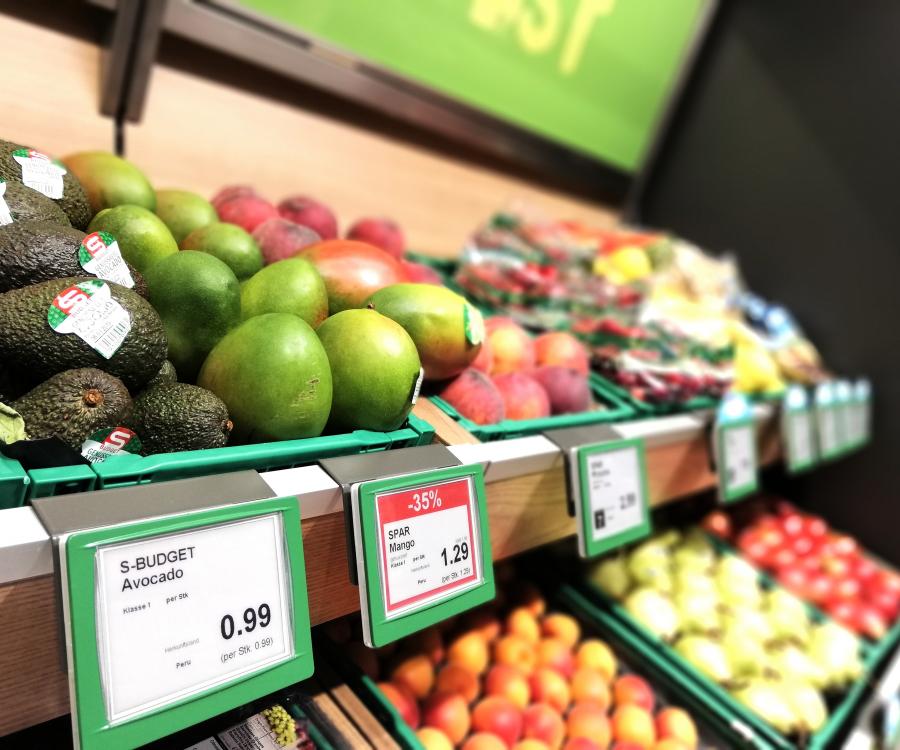Even for retail professionals, it is often unclear which label means which type of shop. But the different shop formats can be clearly distinguished through a defined target group, fitting design and a coherent product range. Used right, they all can have a tremendous impact on sales and on the brand image.
A definition of the different shop formats is easily done. But retailers have to remember the fact that the customer doesn’t care which type of shop he is in. For him, it is only the shopping experience that counts.

Silvia Talmon from Retail Academy in Cologne emphasizes the importance of a clear segregation between the retailer’s point of view and that of the customer: “Today’s customers know very well that they can easily order any product online when they don’t find the right color or type in the shop. Either via touchscreen on the shop floor or via the retailer’s online shop.”
For retailers this means above all that they have to clarify their profile and to really think about which message a shop should communicate. Talmon advises retailers to ask themselves the following questions: What do I want to achieve with this shop? Do I want to show my brand of do I want to offer as much products as possible on as little sales space as possible to maximize sales?
When these questions are answered, the design and overall concept of the store can play a big role in reaching marketing and sales goals. But it is important to use the right type of shop to reach the specific goal, as is explained below.

The flagship store: Presenting a brand
This „flagship“ of a retailer always has a clear focus on brand presentation rather than selling as much as possible. Watching sales per square therefore is not the right way to measure the success of this type of shop. In a flagship store, extremely few products are presented on a vast space. The goal: Making the customer gasp and impress him with what the brand stands for.
It is not really important if he even buys something here – the value for the retailer lies in creating an atmosphere and a shopping experience which can’t be found in is competitor’s stores. With is foremost aim of communicating the brand message, the flagship store is almost entirely a marketing tool.
Big brands tend to having just three of these showcase projects. They are very expensive because of their very good locations and the vast sales floor. The design is a fundamental element for communicating the brand message. The brand’s logo often is located on the central wall of the store, automatically drawing the eyes of those who enter. Flagships stores also often include “playing areas” in which the customer can experience the products and try them out, sometimes these can be whole football fields or swimming pools.
"I like to compare these stores to a trade fair stand which has to represent the brand but does not have to reach a certain sales goal“, Silvia Talmon explains. Brands like Puma tend to carry this form of presentation to the extreme when they place just a few current shoe models around an extremely large company logo in the center of the shop.
In the Zara flagship store in Hamburg things are a little different. Here it mostly is the vast space which distinguishes the “flagship” from the brand’s other stores. The customer gets all the space he needs to take a look at the products which are already clustered thematically.

The Pop-up store: Many products in a small space for a short period of time
This shop format almost is the complete opposite of the flagship store. For a short timeframe which can range between just a few days and up to a year, many products are presented in a small space. The small shops are also often opened in vacant stores or even in seemingly strange places. Minimized costs and a high sales volume are at the core of this format.
The retailer’s creative team is allowed to have a fling when making this shop something completely different then the brand’s other stores. Updating the design of those stores would mean high expenditures, which is not the case when designing the small new store. “The special appeal of Pop-up stores often lies in their coolness. In many cases, this is due to an industrial look which seems temporary. Retailers can also make experiments within their product range and for example try out limited or special editions”, says Talmon.
The major advantage: Marketing expenses are close to zero with this shop format. Word-of-mouth recommendation is what brings the customers into the store. Talmon adds: “The fact that the shop is only there for a short time makes the customers feel like they would miss out on something when they do not visit the store.”
Among the interesting examples for this shop format is a Pop-up store by H&M which was erected at a beach for a short time. The look was that of a wooden crate, while the product range exclusively consisted of summer collection in blue and white. A very simple concept which was also very convenient for customers who may have forgotten to bring their swimwear to the beach.
Adidas also had a very interesting idea: They opened a Pop-up store designed like one of their shoe boxes in the brand’s own design. The shopper’s interest was immense.

The concept store: Many brands grouped under one concept, one story
"Conecpt stores basically are the modern form of department stores“, says Silvia Talmon, “a mixture between department store and boutique.” A concept store bundles a lot of different brands with the aim to tell a specific story. This means that knowing the specific target group is especially important here. Only if the retailer knows who his story is directed at can he be sure, that these customers will be interested in it. In many concept stores products like fashion, assecoires, books and food are offered jointly.
As Talmon describes: “The wishes of the target group – may they be luxury or sport orientated – are the core of the story. The store’s appearance is changing constantly, the product range is flexible, exceptional and surprising.” This concept works great for stores like “Apropos - The Concept Store” in Cologne which offers "ifestyle goods" like fashion, shoes and cosmetics – simply everything which attracts the interest of a specific group of customers.

The shop format is irrelevant – Focusing on the cutomer’s wishes
"There are a few different reasons why retailers often are not able to distinguish the different shop formats”, says Talmon. On the one hand, there often is no clear conceptual distinction of the formats. There is a wide variety in what store can be called a concept store in different companies. But the confusion is also often caused by the corporate hierarchy, believes Talmon, who adds: „There often are completely different persons in different positions within the company who are responsible for brand building and sales. This is why they are not able to develop a coherent concept.” But it is precisely this concept which is required to reach a precise definition of how a shop should be developed.
The question which shop format is the right one therefore must start at the top. It is especially important to keep the customer’s wishes and needs at the heart of the consideration. “It is exactly this what many retailers lose sight of when planning new stores”, stresses Talmon “and it is the reason why they are left in the background. Regardless of the chosen shop format, customer service and fulfilling the customer’s wishes are what is most important. Because for the customers, a brand is no longer something he can only get in a specific store. He can order everything he wants online just as easily.”










